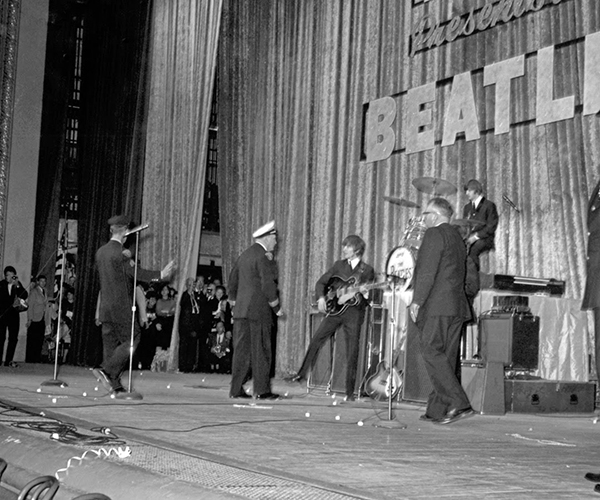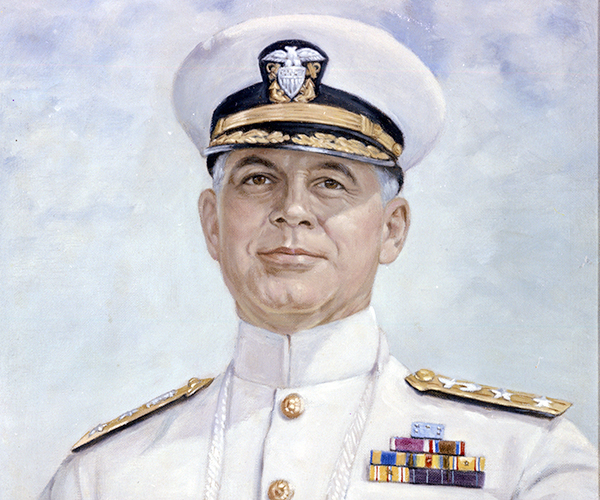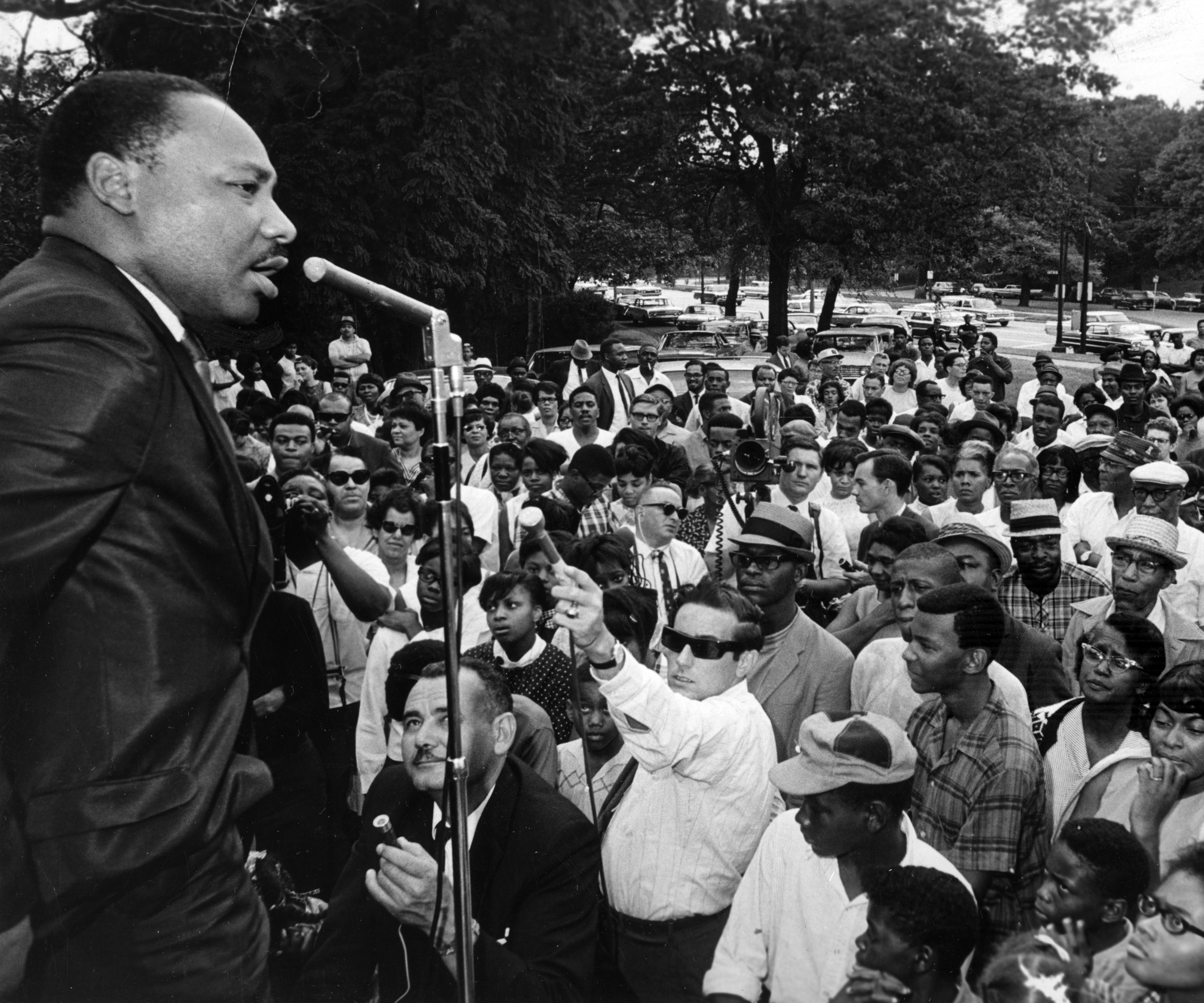It's difficult to say which is more impressive, Edgewater Park's three-story bathhouse or the number of people enjoying the lakefront on this summer day in 1922. A boy splashes a barrel-chested buddy. Two men pass what may be a policeman on horseback. Women in ankle-length skirts stroll the bluff shaded by umbrellas. Buggylike cars sit atop the hill. Smiling young women hang on their dates' shoulders wearing bathing suits labeled "C of C," probably rented from the city of Cleveland bathhouse behind them. Men in wide-brimmed hats gaze down from the bathhouse's top-floor promenade.
Clevelanders have plunged into Lake Erie at Edgewater Park for 116 summers, ever since the city bought the land from industrialist Jacob Perkins in 1894. The beach's popularity soared in 1914 when the massive bathhouse opened: 5,000 people visited one day that July. City parks engineer William A. Stinchcomb designed the bathhouse just before he helped found the Cleveland Metroparks. By the 1940s, the building — described by The Plain Dealer as "useless," a "white elephant" and a "vandals' playhouse" — had fallen into disrepair. Like the beachwear of the day, bathhouses had gone out of style, and in 1950 the Edgewater structure was demolished.



